
It's hard to understand the greatness of the Tahuantinsuyo without mentioning Pachacútec, the leader who changed the course of Andean history. In the 15th century, he achieved what seemed impossible: defeating the feared Chancas and consolidating the military and political power of the Inca Empire. This triumph marked the beginning of an unprecedented transformation.
Pachacútec was more than a strategist on the battlefield. Under his command, Cusco stopped being a city-state and became the core of a vast empire that covered territories from what is now southern Colombia to northern Chile and Argentina. He implemented a deep reorganization of the State, established an efficient administration, and articulated a road network that facilitated the integration of vast regions.
In addition to his political vision, he stood out as a promoter of works that defied time. Among them, Machu Picchu, one of the most representative symbols of Inca engineering, stands as a legacy of his reign. Chroniclers of the time agree in describing him as the most outstanding of all Inca rulers.
According to Andean history, the Inca Pachacútec was born in the city of Cusco. The son of the Inca Huiracocha and the coya Mama Runtu. Pachacútec Inca Yupanqui was the ninth ruler of the Inca State and responsible for converting a simple curacazgo or reign into a great empire known as the Tahuantinsuyo.
From a very young age, Pachacutec showed aptitudes for the government and the conquests, endowed with a great military talent with which he came to expand the great Inca empire. This Inca imposed his dominion among more than 500 tribes located on the borders of present-day Peru, Quito and the Nazca Valley; however, he was unjustly relegated to the benefit of Urco, a prince of insufficient merit.
During his government, Pachacútec was dedicated to directing the construction of roads, cities, temples and monuments that today we can witness to be able to appreciate his work.
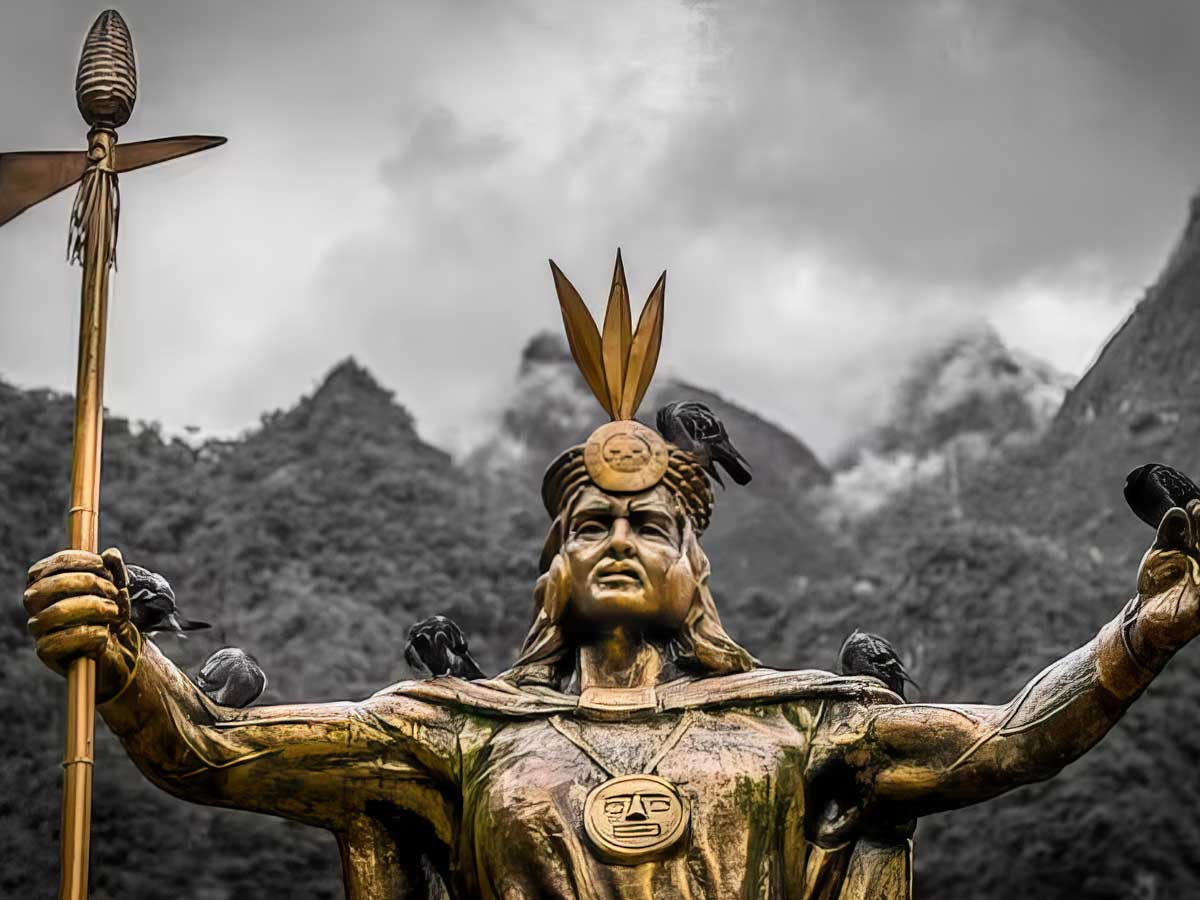
Pachacútec means "The one who changes the earth". According to the English historian Clement Markham, he was "the greatest man the aboriginal race of America has ever produced." Since he was a child, Pachacútec was educated in the Yachaywasi (Houses of Knowledge) in history, laws, language and the art of war. Since he was a teenager he was already admired by the upper classes for his bravery and intelligence.
He is considered the best ruler in the Inca. Pachacútec was one of the most important figures in the history of Peru.
The Inca Huiracocha named his brother Inca Urco as his successor to the throne. He did not have the skills and intelligence of his brother Pachacutec. Approximately in 1430, the Chanca ethnic group, main adversaries of the Incas for the control of the territory, sent their emissaries to Cusco requesting surrender in the event of a possible invasion.
The Inca Huiracocha, along with his son and his successor Inca Urco, fled the city of Cusco in the direction of his residence in Caquia Xaquixahuana. Then the young Pachacutec took the leadership of the defense receiving the support of the Inca generals and the nobility.
Pachacutec asked for the return of his father Huiracocha but was unable to convince him. He then convinced the neighboring ethnic groups to support him to expel the Chancas. Once he defeated his rivals, he had to face his brother Inca Urco for control of power.
Pachacutec finally won and in 1438 he took on the "Mascaipacha" (symbol of Inca power). During his rise to power, he asked that his father Huiracocha be forgiven for leaving Cusco and that he be the one to hand over power to her. In this way, a new stage of the Inca government began: the imperial stage.
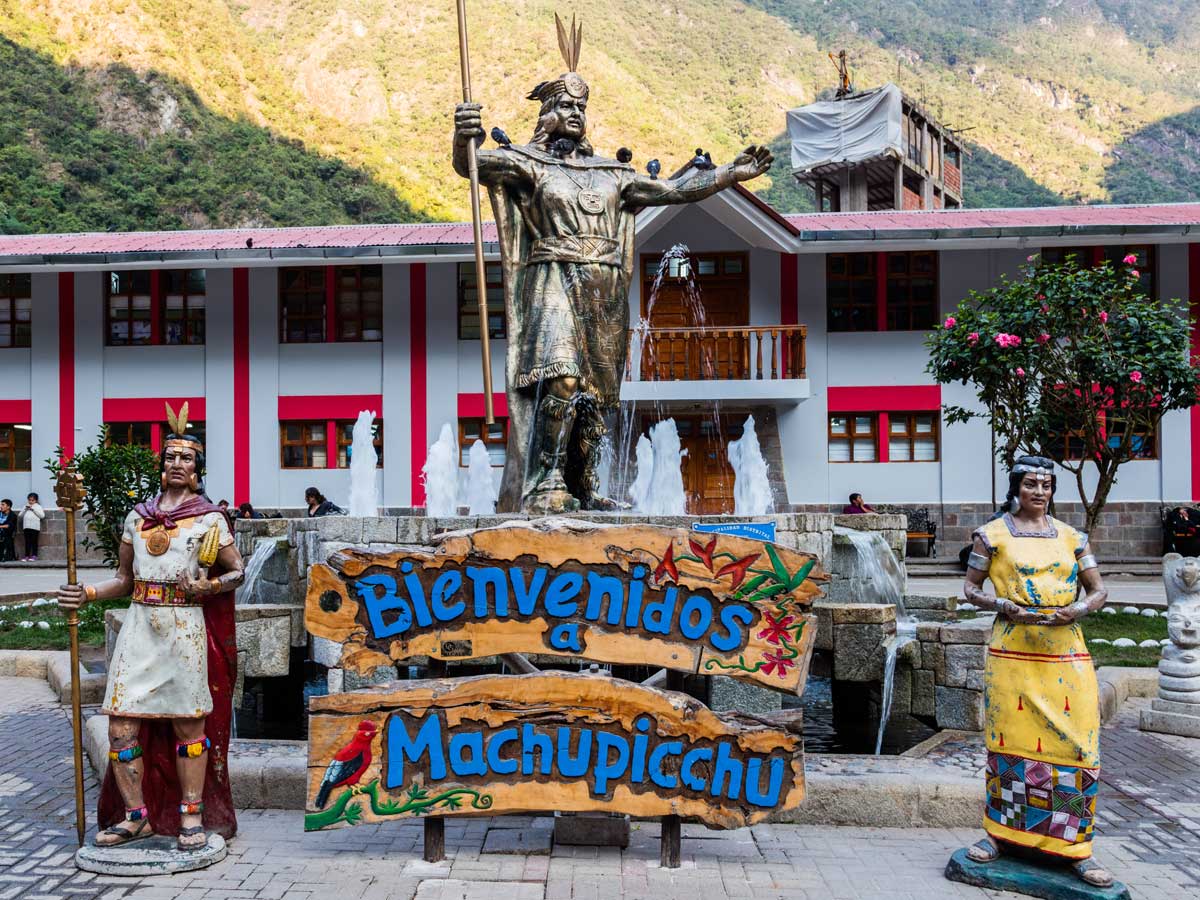
For many years, the Chancas were the neighbors and greatest enemies of the Incas for control of the southern Andean region. Around 1430, the Chancas threatened to invade Cusco, which led to the flight of the Inca Huiracocha and the providential appearance of his son, the Inca Pachacutec.
After Pachacutec's victory near the city of Cusco, the Chancas fled and took refuge in ‘Ichupampa’, from where they reorganized. Then the Incas go on the offensive, unleashing the epic and mythical battle of ‘Yahuar pampa’ (Blood Pampa).
According to the chronicles, the Inca victory in Yahuar Pampa would mark the beginning of later conquests under the command of Pachacutec. For the Inca worldview, this victory was the decision of the gods who appointed Pachacutec as their leader. From then on, the curacazgo of Cusco would become an empire and Pachacutec would be the first emperor.
After the decisive Inca victory at Yahuar Pampa, Pachacútec took on an important role in the expansion of the Inca Empire, leading an ambitious political and territorial project. Through strategic conquests and agreements with the incorporated populations, he began a stage of growth that would mark the beginning of the most brilliant period of the Tahuantinsuyo.
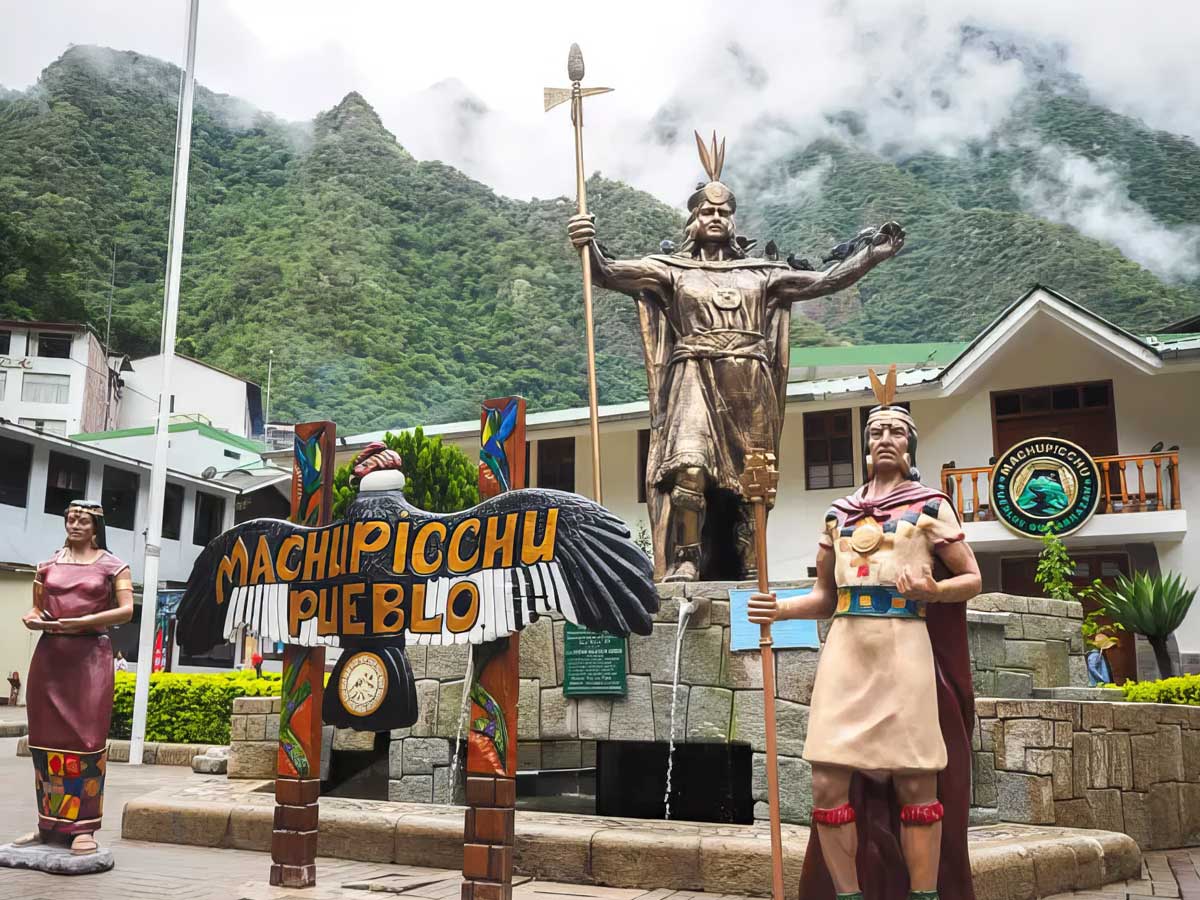
His leadership went beyond protecting Cusco and focused on an unprecedented expansion process in Andean history. He introduced profound reforms in the political, economic, and military spheres, with the aim of consolidating a solid and functional imperial structure. He reorganized governance methods, redefined local and central administration systems, and strengthened military presence in key regions.
Under his rule, the Tahuantinsuyo extended from the south of what is now Colombia to northern Chile and Argentina. This vast territory was home to diverse peoples, with their own languages, customs, and worldviews. Pachacútec implemented policies that allowed the empire to maintain cohesion, respecting local cultural practices and facilitating their integration through efficient administration.
One of the most notable achievements was the consolidation of the "Qhapaq Ñan", the Inca road network, which united mountains, valleys, and deserts along more than 30 thousand kilometers. This infrastructure allowed for fluid communication between different regions, facilitated the movement of armies, messengers, and goods, and reinforced state control over all corners of the empire.
In addition, Pachacútec promoted a vast public works program. He ordered the construction of fortified citadels, temples dedicated to their deities, agricultural terraces, ceremonial plazas, and streets. Cusco, as the capital of the empire, was profoundly transformed: it became the political, administrative, and ceremonial center of the Andean world.
According to the investigations carried out with carbon 14, the citadel of Machu Picchu was built in 1450 when the empire of the famous Inca Pachacutec ruled. To build it, he brought from distant lands to groups of thousands of men belonging to the recently conquered peoples.
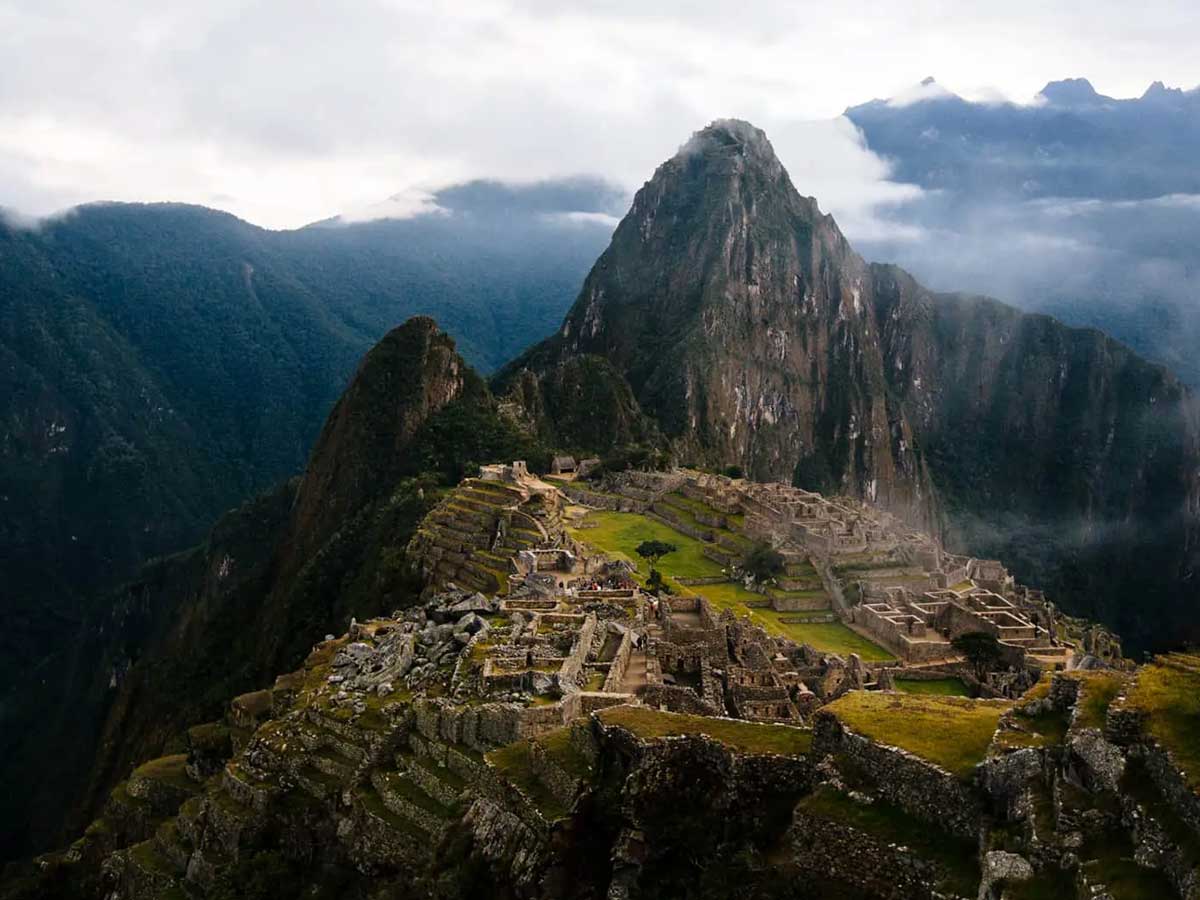
The construction of Machu Picchu Peru had several reasons. The first is that it served as a provisional residence for the Inca Pachacutec and his family. It is also believed that it served as a lookout post over the eastern kingdoms. Finally, it was used as a temple and a place of residence for approximately a thousand people.
According to some chroniclers, the true name of Machu Picchu is ‘Patallaqta’, the place that Pachacutec would have chosen to be buried. Some researchers suggest that the Inca mummy is found there. Others believe that it is located in the San Blas neighborhood in the city of Cusco. Some even point out that he is buried under the San Andrés hospital in Lima. The truth is that no one has found these remains.
Pachacutec died naturally in approximately 1471. When his death happened, the Inca empire was experiencing a great organization and expansion of its territory. His successor was his son Túpac Inca Yupanqui who already assumed a leading role conquering new territories for his father.
After his death, Pachacutec (as was customary) was mummified and received a sumptuous tribute in the Plaza de Aucaypata (current Plaza de Armas of Cusco), dressed in gold, silver as well as feather ornaments and more.
His mummy was transferred to the temple of Tococache (current church of San Blas in Cusco), a building ordered to be built by Pachacutec himself to be the temple of the god of lightning (Illapa).
History exalts Pachacutec as one of the great governors of pre-Columbian times. According to the Peruvian historian María Rostworowski, the Inca Pachacutec: “with his measurements he gave geographic and idiomatic unity; initiating the uniformity that later allowed the formation of present-day Peru”.
Exploring Machu Picchu is an unforgettable experience, with diverse routes that allow you to discover this ancestral site from different perspectives. Each journey offers a unique way to approach the history and beauty of the ancient Andean world.
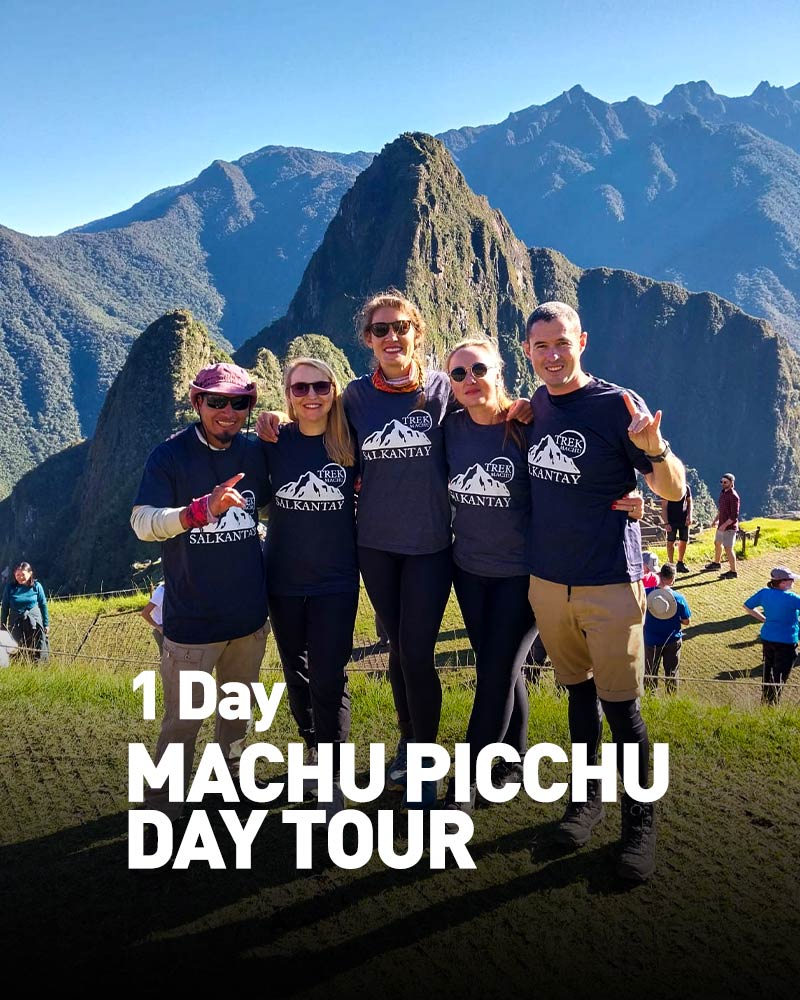 | 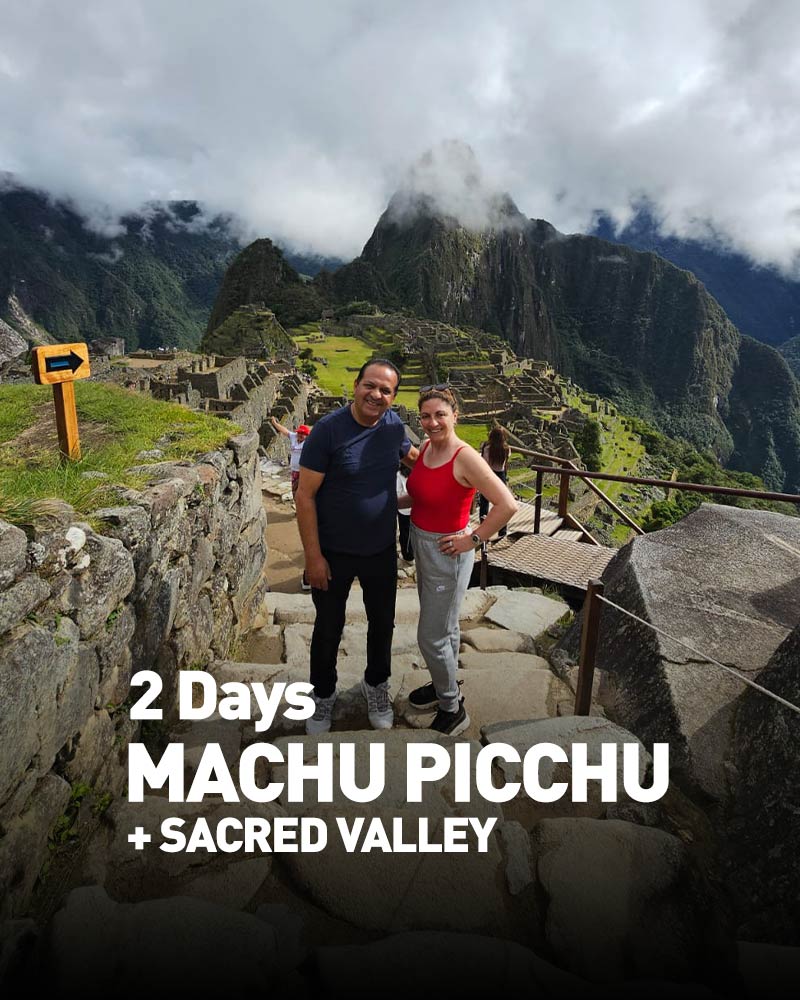 | 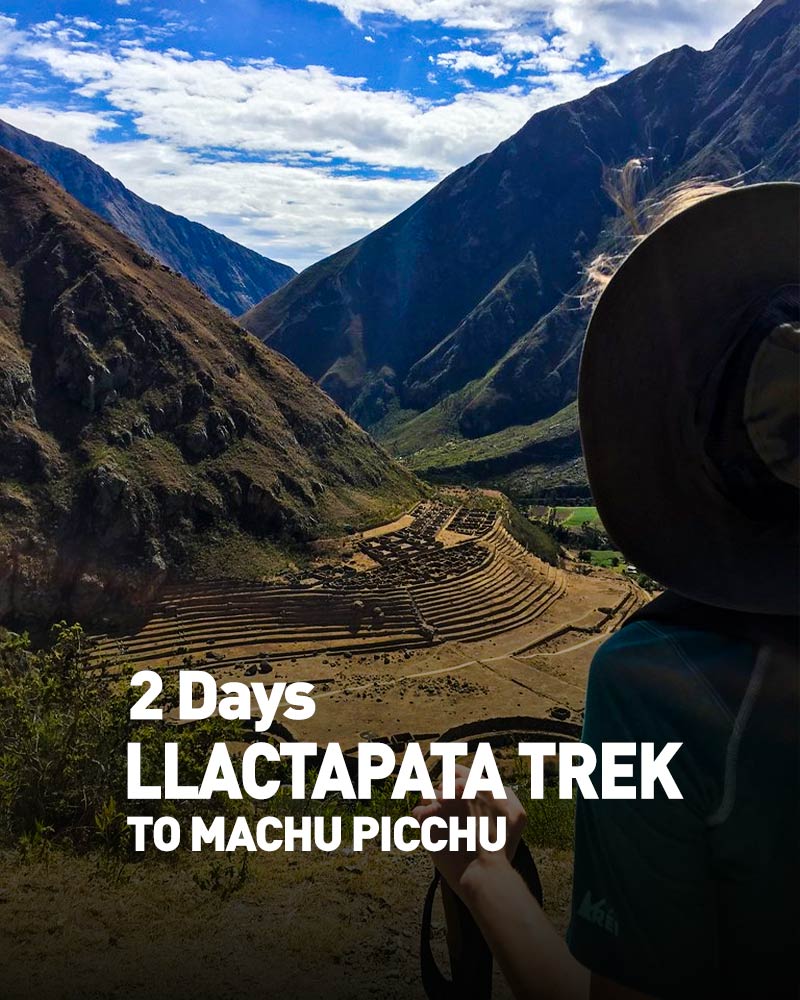 |